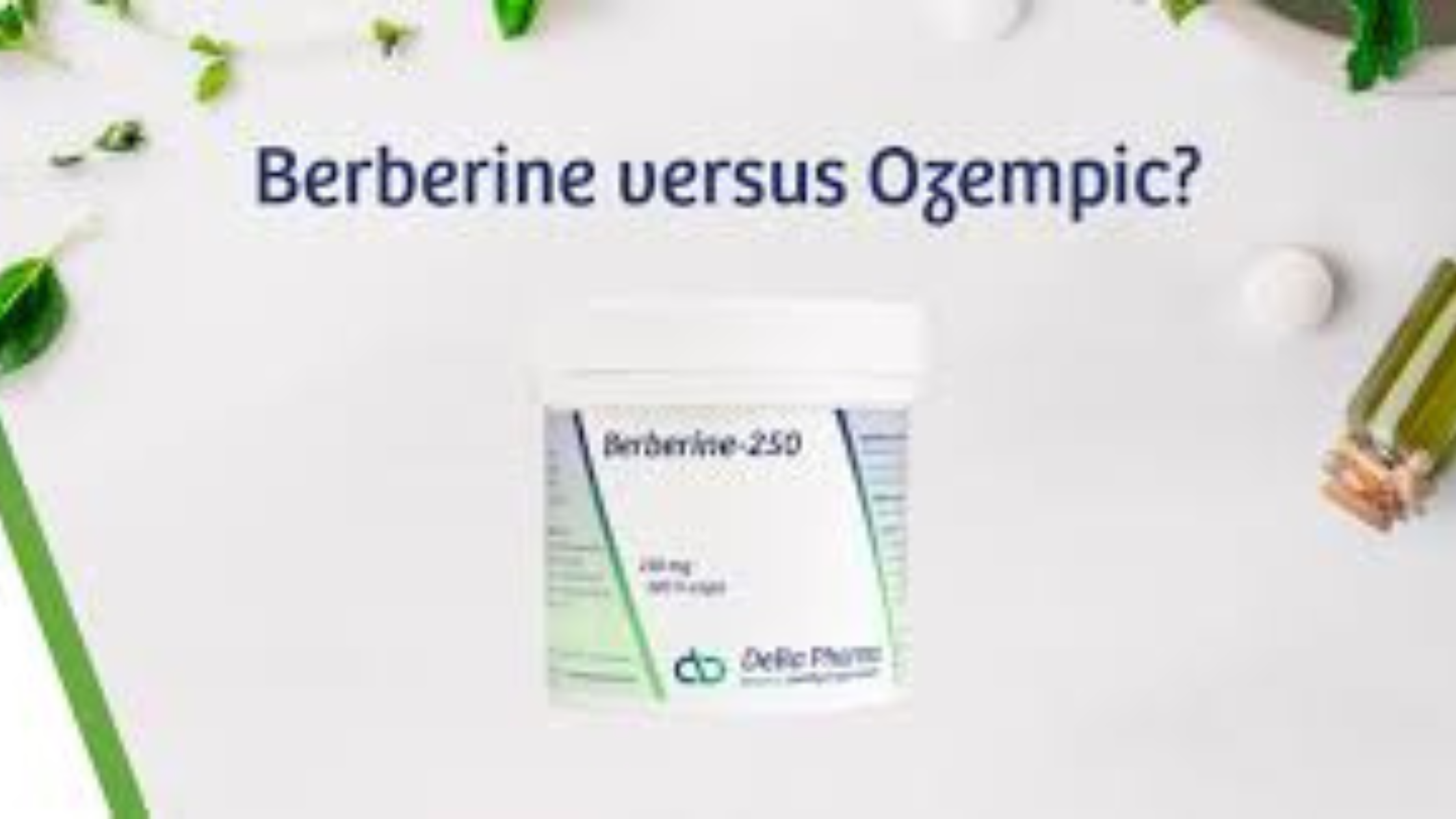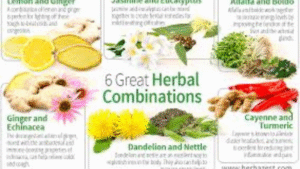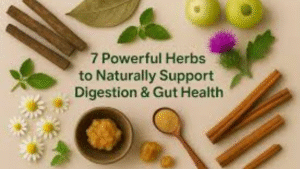Why Herbs in Pairs Make Sense
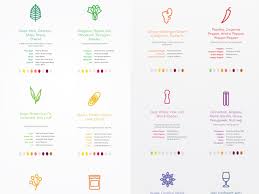
The best herb combinations for health aren’t just old folk remedies—they’re powerful pairings that can boost energy, support immunity, and calm stress. You know what? Some things just belong together. Bread and butter. Summer and iced tea. Herbs fall into that same category. On their own, they’ve got charm, sure. But when you put certain herbs together, something more interesting happens. They don’t just add up—they create a new effect, a bigger impact than either one could pull off solo.
But here’s the twist: not every herbal duo is a match made in heaven. Some blends clash, intensify side effects, or even interfere with prescription medications. And that’s where things get tricky. You might be sipping a cup of tea thinking you’re helping your body, when in fact you’re nudging it in the wrong direction.
So, the question is this: how do you figure out which safe herbal blends really support your body, and which herb medication interactions could cause harm? That’s exactly what we’re unpacking here. We’ll cover proven herbal remedies for overall health, explore some surprising risks from natural supplements and drug interactions, and show you how to use a herb drug interaction checker to avoid missteps. Along the way, I’ll point out exactly what herbs go well together—and which ones you should never mix.
The Rhythm of Herbal Synergy
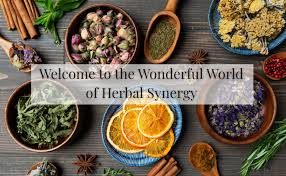
Think of herbs like musicians. A violin solo can be moving, but when the cello and piano come in? Goosebumps. That’s what happens when the best herb combinations for health play together—they harmonize.
Turmeric is a perfect example. Everyone knows it for its golden color and anti-inflammatory punch. But here’s the catch: your body struggles to absorb it on its own. Add ginger or black pepper, and suddenly turmeric’s active compounds get absorbed like a VIP through the back door. That’s synergy.
Traditional systems figured this out long before clinical studies proved it. In Ayurveda, healers combined warming and cooling herbs to balance the body’s “doshas.” In Traditional Chinese Medicine, blends were designed like recipes—roots, flowers, and barks carefully measured to complement one another. They weren’t throwing herbs together for fun; they were creating harmony.
Modern science is now validating what those practitioners sensed intuitively. Certain herbal combinations for wellness target multiple systems at once. For example, one blend may calm the nervous system while also aiding digestion. Another might ease inflammation while supporting immunity. And that’s the beauty of synergy—it’s not about more herbs, it’s about the right herbs together.
Safe Duets: The Best Herb Combinations for Health
So, which herbal pairings have earned their stripes? Let’s walk through a few favorites that have proven both safe and effective.
Ginger + Turmeric: Cooling the Flames
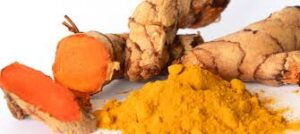
If inflammation is the fire, this duo is the hose. Ginger boosts circulation and helps with nausea, while turmeric calms inflammation and joint pain. Together, they make one of the most reliable best herb combinations for health, used in teas, curries, and even supplements.
Picture this: a runner icing sore knees after a long jog. That same runner might benefit from a ginger-turmeric tea—it’s like an ice pack from the inside out.
Ashwagandha + Rhodiola: Stress Meets Its Match
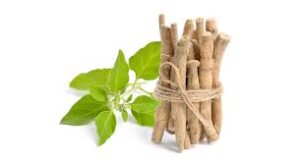
Feeling drained? These adaptogens are like mental and physical shock absorbers. Ashwagandha brings calm, taming an overactive stress response. Rhodiola, on the other hand, lifts energy and focus. Together they shine as herbs for immunity and energy.
This pairing is especially helpful for people working high-pressure jobs, caregivers who are always “on,” or students cramming for exams. They steady your nerves while sharpening your mind.
Echinacea + Elderberry: Cold Season Allies
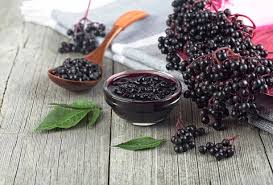
This combo is practically a winter tradition. Echinacea shortens the duration of colds, elderberry reduces symptom severity, and together they’re trusted herbal remedies for overall health.
Think of it as your body’s seasonal raincoat. You can’t stop every storm, but you can show up with better protection.
Chamomile + Lavender: A Gentle Nudge to Sleep
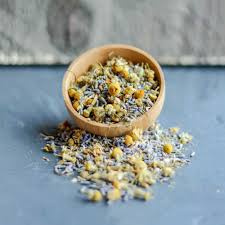
There’s something soothing about these two. Chamomile calms digestion and relaxes the mind; lavender eases muscle tension and anxiety. When combined, they work like a lullaby. That’s why bedtime teas often feature both. It’s one of the simplest, yet most effective herbal combinations for wellness.
Peppermint + Lemon Balm: Calm for the Gut
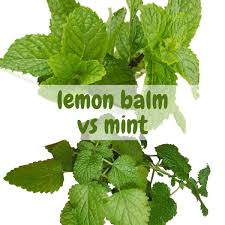
If your stomach feels heavy after meals, this pairing works wonders. Peppermint relaxes gut muscles; lemon balm relieves bloating and tension. Together, they form a safe herbal blend that feels refreshing and light.
These examples remind us that the best herb combinations for health aren’t exotic or mysterious. They’re practical, gentle, and effective for everyday use.
When Herbs Don’t Play Nice
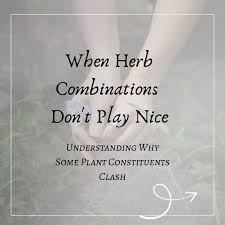
Here’s the flip side. Just as some herbs amplify each other’s benefits, others magnify risks.
-
St. John’s Wort + Ginkgo: Both thin the blood. Together, the bleeding risk is real—especially if you’re already on blood-thinning medication.
-
Ginseng + Caffeine: Sounds like a productivity hack, right? Wrong. It overstimulates your nervous system, leading to jitters, racing heart, and restless sleep.
-
Kava + Valerian: Both promote relaxation. Combine them, and you’re looking at sedation overload—grogginess, poor coordination, even unsafe driving.
These aren’t just mild side effects. They’re serious herb medication interactions. And they highlight a truth we often overlook: natural doesn’t always mean safe. Remember, cyanide is natural too.
Herbs and Prescriptions: A Risky Mix
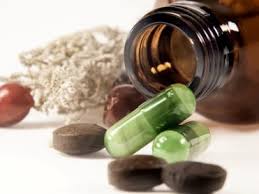
This is where things get even more complicated. Herbs don’t just interact with each other—they collide with prescription medications. That’s where natural supplements and drug interactions can become dangerous.
-
Garlic + Blood Thinners: Garlic supports cardiovascular health but also thins the blood. Add prescription anticoagulants like warfarin, and the bleeding risk shoots up.
-
Ginseng + Diabetes Medications: Ginseng lowers blood sugar. So do diabetes drugs. Combined, they can drive blood sugar dangerously low.
-
St. John’s Wort + Antidepressants: This herb messes with serotonin levels. Add antidepressants, and you risk serotonin syndrome—a condition with symptoms like confusion, tremors, fever, and in rare cases, hospitalization.
That’s why doctors often caution against combining herbs with prescriptions. It’s not because they’re anti-herbal—it’s because they’ve seen what happens when herb medication interactions go unchecked.
This is also where technology helps. Online resources like the Medscape Interaction Checker, or tools from RxList and Drugs.com, act as a herb drug interaction checker. They’re not perfect, but they’re a good starting point to catch potential conflicts.
Making Your Own Blends Without Worry
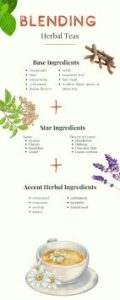
There’s something deeply personal about creating your own blends. Brewing tea with herbs you chose feels a little like writing your own playlist. But safety has to lead.
Here’s a common-sense approach:
-
Start small. Try one herb before mixing. Watch how your body reacts.
-
Stick with tradition. Proven safe herbal blends like chamomile and lavender are classics for a reason.
-
Check your prescriptions. If you’re on meds, don’t skip the herb drug interaction checker.
-
Keep it moderate. Herbs are powerful. More doesn’t always mean better.
Handled carefully, home blending can fill your shelves with reliable herbal remedies for overall health. Imagine a jar of chamomile-lavender tea waiting by your bed, or a ginger-turmeric mix you reach for after a long run. That’s the beauty of safe blending—it becomes part of your daily rhythm.
Fast Pairing Guide: What Herbs Go Well Together?
Need a cheat sheet? Here’s the quick reference list:
-
For Energy: Ashwagandha + Ginseng → steady stamina, not jittery bursts.
-
For Immunity: Elderberry + Echinacea → reliable winter defense.
-
For Digestion: Peppermint + Ginger → calms nausea and supports gut health.
-
For Relaxation: Chamomile + Lavender → bedtime bliss.
These herbal combinations for wellness are simple, accessible, and safe.
Wrapping Up with a Bit of Perspective
Here’s the truth: the best herb combinations for health can be powerful allies. They help with stress, immunity, energy, and balance. But not every mix is wise, and some herbs clash badly with medications.
The good news is you’re not powerless. With knowledge, reliable resources, and tools like a herb drug interaction checker, you can enjoy the benefits without fear.
Nature gives us incredible resources. It’s on us to use them thoughtfully. Next time you sip a tea, take a tincture, or reach for a supplement, pause and ask yourself: is this pairing working for me, or against me? That small moment of reflection might be the thing that keeps your wellness journey safe and steady.
FAQ: Straight Answers to Common Questions
Q1: Which herbs should never be mixed?
St. John’s Wort + Ginkgo, Ginseng + Caffeine, and Kava + Valerian are risky because of dangerous herb medication interactions.
Q2: Can I use herbal blends daily?
Yes—when you choose safe herbal blends and watch for risky natural supplements and drug interactions, daily use can be fine.
Q3: What herbs boost immunity best together?
Elderberry and Echinacea are among the strongest herbal remedies for overall health during cold season.
Q4: How do I know if my herbs interact with my meds?
Use a herb drug interaction checker (like Drugs.com) and check with your healthcare provider.
Q5: Can herbs replace prescriptions?
No. Herbs can complement treatment, but they aren’t substitutes. They’re allies, not stand-ins.
Internal Link Suggestions:
-
herb medication interactions: https://evaluatemymeds.com/
-
herbal remedies for overall health: https://evaluatemymeds.com/index.php/blog/
External Link:
-
NIH’s NCCIH (National Center for Complementary and Integrative Health): https://www.nccih.nih.gov
-
WebMD Herb & Supplement Database: https://www.webmd.com/vitamins/index
-
Mayo Clinic on herbal supplements: https://www.mayoclinic.org/drugs-supplements
